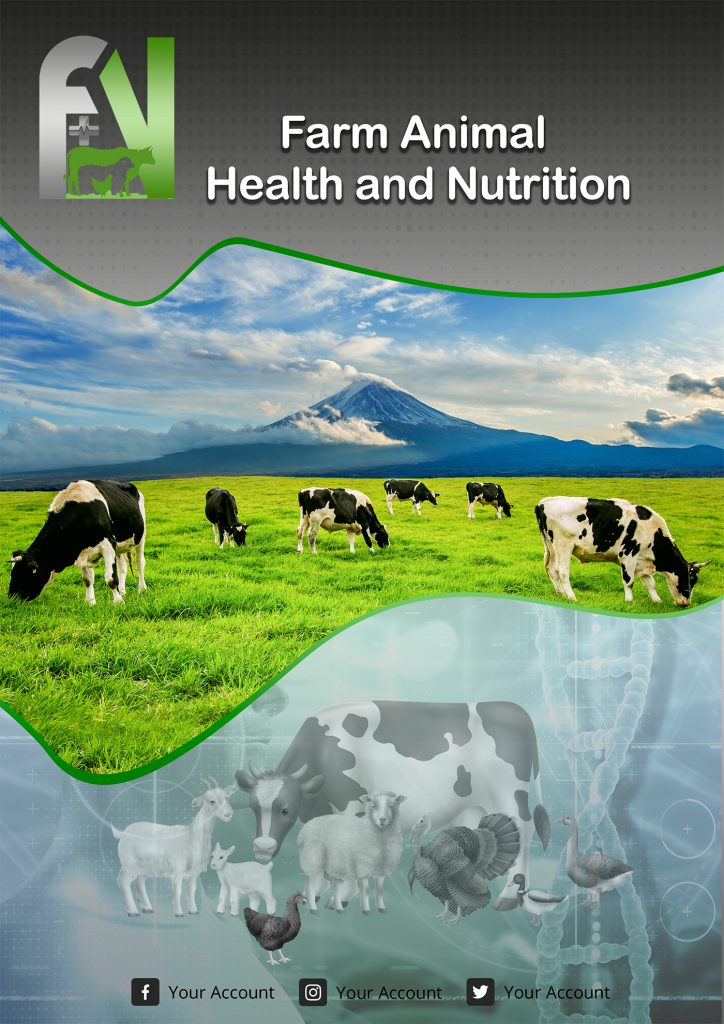Abstract:
Introduction: Milk production from indigenouscattle breeds in Nigeria represents an important component of the agribusiness sector of the smallholder economy with great economic, nutritional, and social implications.Materials and methods: Threefarmsin thestudylocationwere chosenand 90 cows of three breedsof Sokoto Gudali, White Fulani,and Red Bororoineach farm,were used for the present study(total270 cows). The cows of each farm were chosen equally based on parity (1-3).In this study,5ml ofmilk sample was collected from each cowin the morningfor analysisof milk proximate and mineral composition. The analytical parameters included protein, fat, ash, moisture,calcium, iron, phosphorus,and sodiuminmilk.Results:The results revealed that the parity of the three breeds significantly affectedthe milk proximate and mineral compositions. In the first parity, White Fulani cow milk was significantly higherin milk protein at 4.52%,followed by Red Bororo and Sokoto Gudali at 3.97% and 3.91%,respectively. Sokoto Gudali was significantly higherin milk fat at 3.18%, followed by Red Bororo at2.89% and White Fulani at 2.76%. White Fulani was significantly higherin milk moisture at 84.56%,followed by Sokoto Gudali at 82.72% and Red Bororo at 81.13%. Red Bororo was significantly higherin milk phosphorus at 375.62 mg/L and sodium at 71.22 mg/L. In the second parity, only moisture, calcium, and sodium differed significantly among the breeds. White Fulani and Red Bororo were significantly higher inmoisture at 83.75% and 83.43%,respectively.On the other hand,Sokoto Gudali were significantly higherin calcium at 614.94 mg/L and sodium at 68.76 mg/L. White Fulani andRed Bororo hadsignificantly lower calciumlevelsat 560.50 mg/L and 555.42 mg/L,respectively. On the other hand,White Fulani hadsignificantly lowerlevels ofsodiumat61.25 mg/L. In the third parity, White Fulani was significantly higherin milk protein at 4.16%, calcium at 611.48 mg/L, and sodium at75.33 mg/L. Red Bororo was significantly higherin fat at 3.75% and calcium at626.99 mg/L. Sokoto Gudali was significantly higherin sodium at 75.36 mg/L. In overall, first paritycowsweresignificantlyhigherin milk protein at 4.11%. Milk fat, ash, calcium,and sodium increasedwithnumberofparity. The third parity was significantly higherin milk fat (3.29%), ash (0.43%), calcium (599.58 mg/L),and sodium (71.77 mg/L)levels. Conclusion:Byincreasingparityin Nigerian cows, the chemical composition of milk will be improved which can be considered for future studies on these breeds.
1. Introduction:
Different animal species, such as dairy cattle, buffaloes, goats, sheep, and camels,dominate global milk production1. Cow’s milkaccounts for over80% of the world’s milk production2. Milk from different cattle breeds holds distinct compositions profile because of genetic background3.


